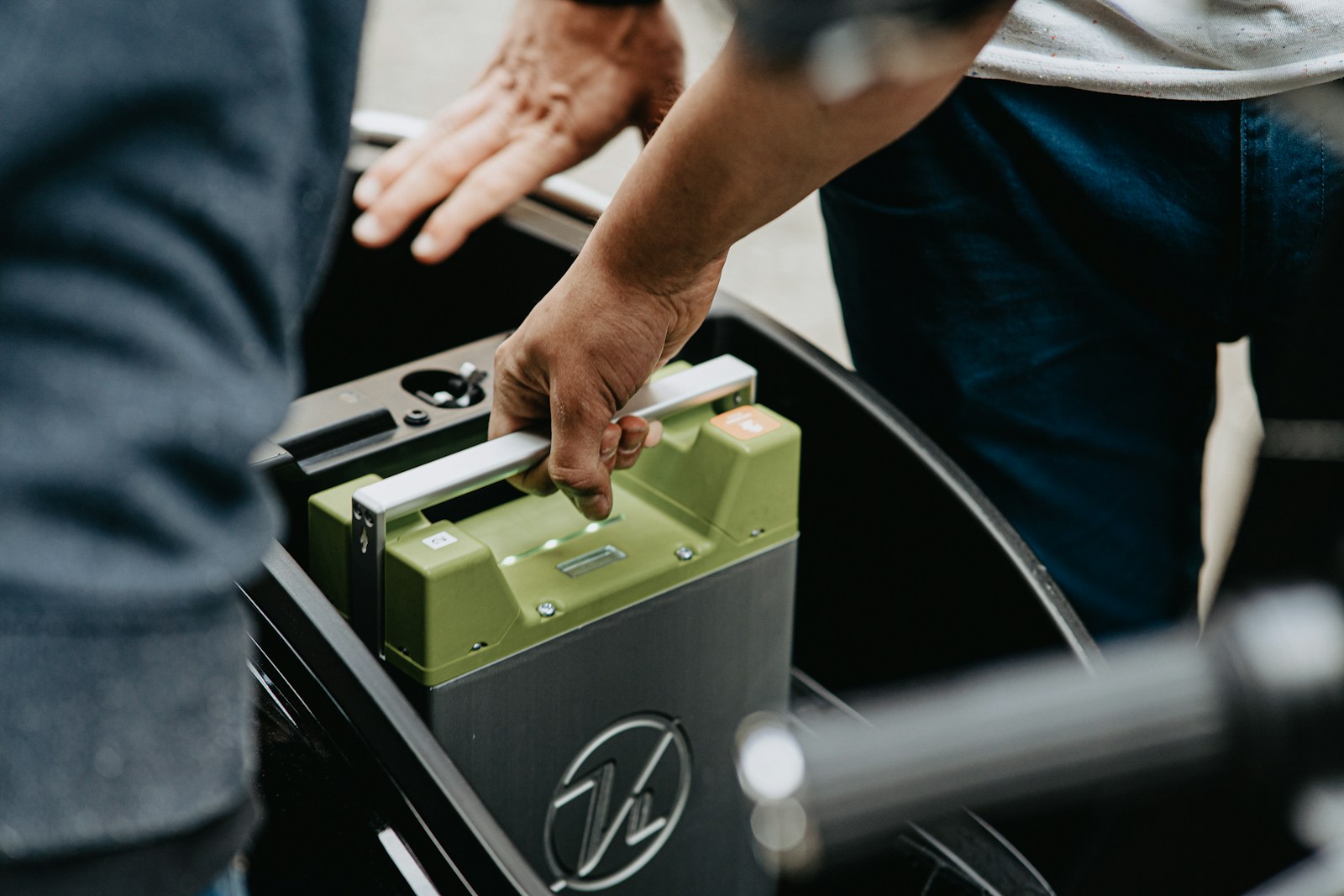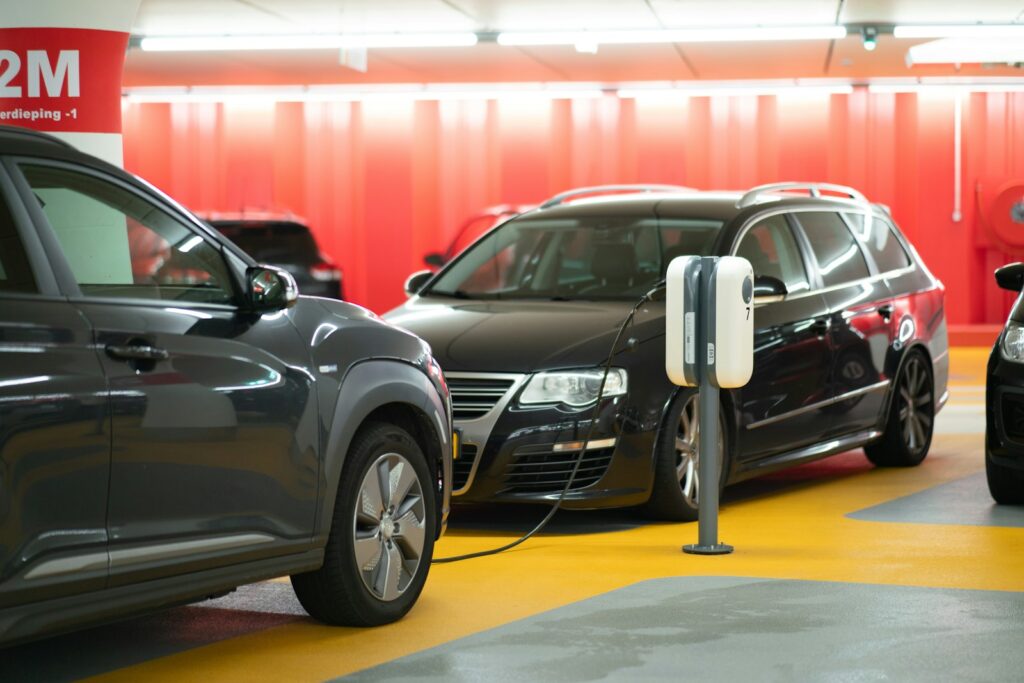The electric vehicle revolution is plagued by a multi-faceted cost paradox, potentially large enough to radically change the entire second-hand car marketplace unexpectedly. While there are positive trends currently for EV battery prices with a decrease in manufacturing cost-wise, with lithium unit prices having fallen by 85% plus from 2022’s peak, supply chain volatility and raw materials uncertainty render doubt regarding future cost directions.
The used EV market impact goes beyond niche depreciation curves—battery health itself is the key value driver and has radically revolutionized secondhand electric car purchasers’ decisions.
Current Battery Cost Dynamics Reshaping Market Expectations
Trends in EV battery prices see dramatic price volatility, with immediate ramifications for second-hand car valuations. LFP cells’ cost is over 20% cheaper than nickel cobalt manganese cells, with LFP cell average prices reaching nearly $60/kWh in 2024. The price of lithium has fallen sharply to make the cost of cells 7.5% of the EV price as of August 2024, compared with 15% as of January 2023.
Key factors driving battery cost fluctuations include:
- The supply of nickel and cobalt exceeded demand by 8% and 6.5%, respectively, during 2023, whilst the supply of lithium exceeded demand by 10% plus
- Greater China de facto has a near monopoly on manufacturing LFP cells, with all commercial capacity being based in Asia
- The 2025 EV packs cost around $4,760 to $19,200 per pack, based on pack capacity and builder
- Bloomberg New Energy Finance predicts that the pack assembly cost will decrease by 20% by 2025, with the module fabrication cost decreasing by 10% only
These cost realities cause hesitation among secondhand EV purchasers who are subject to possible battery replacement costs beyond the car’s present marketplace value. The Chinese manufacturing cluster imposes geopolitical risk, potentially significantly influencing the supply and cost of replacement parts.
Read More: EV Infrastructure Trend: Renewable Energy in Charging Networks
How Battery Health Determines Used EV Values
Battery degradation resale value exercises have become increasingly sophisticated with a mature marketplace and buyers developing a greater appreciation for the long-term cost of ownership. A well-maintained EV with minimal battery degradation possesses a higher trade-in value, and buyers are interested in battery condition when evaluating second-hand EV purchases. The 5-year-old EV has potentially lost 10-20% capacity based upon driving habits, with heavy use of DC fast charging causing wear through battery heating.
Concerns over costlier replacements and loss of driving ranges cause buyers to refuse to pay premiums for used EVs over internal combustion engine vehicles. Even with sophisticated battery chemistries, degradation is a ubiquitous attribute causing trepidation and dictating trends towards obsolescence. A car with 80% original remaining battery life can still compete with commuter driving, but its price plummets compared to another with 95% remaining capacity.
State of Health measurements have evolved to become critical evaluation tools whereby buyers are checking remaining capacity against original spec, cumulative charging cycles, and consistency of range. Health reports for batteries are excellent tools for negotiation to set equitable marketplace prices based upon actual performance and not individual judgments.
Read More: The Rise of Level 2 & 3 Autonomous Driving Systems in 2025
Navigating the Evolving Used EV Landscape
Trends for EV battery costs imply a mature marketplace wherein replacement costs eventually stabilize, while degradation loss trade-ins still become key decision-making factors when buying EVs. Savvy buyers care less about the car’s condition at face value and care more about specialist opinions regarding battery health.
Familiarize yourself with battery warranty coverage, research trends towards degradation for specific models, and acquire a professionally performed battery health analysis before you purchase. Entering the pre-owned EV marketplace? Warranty coverage and a battery health certificate are key concerns while remaining educated through changing cost trends dictating long-term ownership value.
Read More: What to Look for When Buying a Software‑Defined Vehicle



